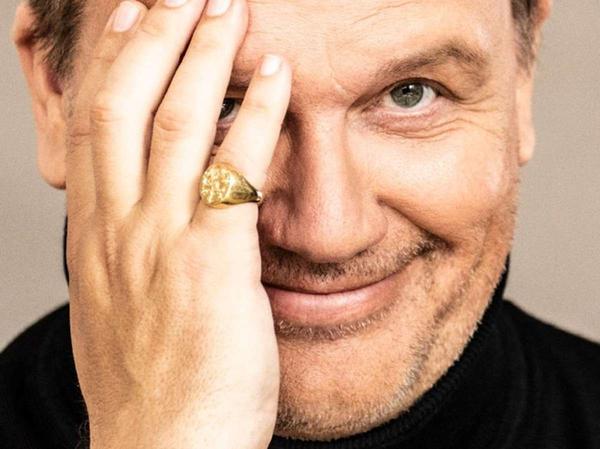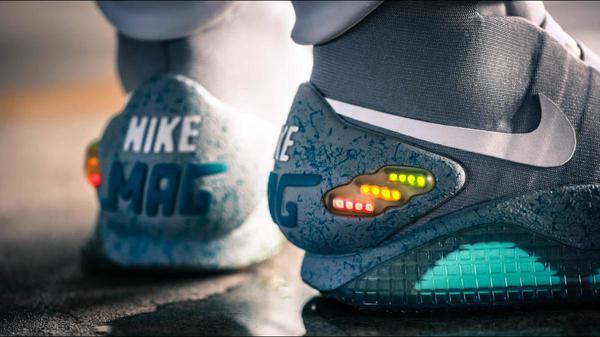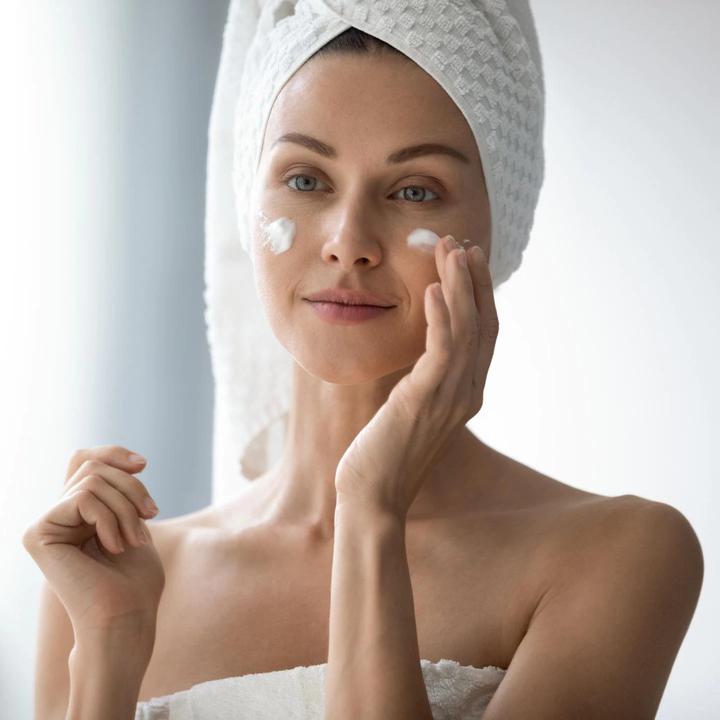
In times of home office, private and professional life flow into one another. First a video call, then short food shopping, then a fast Telko before the child has to be picked up from the hoard. But you & APOs; re still at home in the job. This also mixes the clothing styles.
Stine & APOs; s father has a child & APOs; s hand on this fashion change. The student is currently writing her bachelor & APOs; s thesis at TU Munich and can already say one thing for sure: blazer or jacket and, above all, tie are becoming rarer-not only in the home office.
"casual business look" instead of tie
"the tie, which has even ended," says father of children. Silicon Valley is doing it, Mark Zuckerberg in his T-shirt, Steve jobs with his turtleneck sweater-they signaled to the world that you no longer need dress code for success, no tie obligation. Since 2015, this can be seen in various companies, such as Siemens, as at the Munich Rück: even large corporate directors are increasingly dispensing with the tie and prefer the "casual business look".
The tie in retreat-even before the pandemic. This is also a consequence of the generational change. And since wearing a tie can even have a negative impact on the appearance of young people, business coach Michael Lischka now advises against it.
"Older people feel better dressed with tie, younger people wear tie today only for prom or funeral, against the background they feel dressed up and therefore my recommendation is quite clear: leave the tie out," said Lischka.
Unless it's a very conservative company.

The convenience remains
But even if dress codes are industry-specific: the trend towards casual clothing is there and has accelerated in the pandemic. Especially in the home office is often true: above hui below Pfui. And now, with a few corona pounds more on the hip, the standard clothes tweak even more. You'D rather grab your jogging pants.
Because the border between private and professional life increasingly softens, the casual look also makes it into the office-the student children & APOs; s father knows from her own experience. "I see this almost daily on my S-Bahn trunk track-people have been dressed more casual since the pandemic. Women are no longer wearing high shoes, men have replaced the three-day beard with the three-week beard." The home office had shown its effect, it brought the Legere. And "this casual will also remain in our look, especially because we do not want to give up this gained convenience," says the father of children. In the pandemic, casual Friday became casual Week.
The right measure
And one more thing accelerates the change in dress code. Volker Nürnberg, Professor of Occupational Health Management, is responsible for the shortage of skilled workers. "employees today can choose where they want to work. If the company insists on the tie, it has bad chances in the shortage of skilled workers. Important is the corporate culture and employer branding and here companies have to be more flexible and modern."
But clothing has an impact on our work ethic and performance. "Leger" does not necessarily have to have a bad impact, says business coach Michael Lischka. "on the one hand, it makes sense to get dressed to work anywhere, so that I Don't get engulfed in the brain." On the other hand, feeling good means less adrenaline, less stress and thus better performance, Michael Lischka is convinced. "it's a bit like the old saying: I have nothing against long hair, but they must be." In other words, the measure is what makes it.
A certain dress code remains
How the pandemic changed fashion and what remains of it-Stine Kindervater is still at the beginning of her research. But even the first results let you look deep into the wardrobe. "most people still say that they draw from clothing to competence, because clothes still make people and the famous first impression is still there. When choosing clothes, experts say the trend is towards sustainability, we have high quality clothing in small quantities and we just combine these with each other.".
Fashion is changing and what was absolutely unthinkable just a few years ago is now salonable. Nevertheless, there are still clear NoGos for the business coach. "I still have nothing to do with jogging pants at work unless I work in the health sector." Even if clothing should not necessarily be in the foreground, but the overall appearance of the person-there are definitely limits for the home office. "difficult and unfortunately far too often seen there is, for example, unshowered in the video call or even directly sweaty by sport, unwashed hair-and also the shaving morale seems to have diminished," says Michael Lischka.
"with the younger generations Z and Alpha, the dress code will be softened again and again," says Prof. Nürnberg. But certain minimum requirements would remain. Because it is an appreciation of the opposite of how to dress. & quot; and it & APOs; s analogous also in private life. Here I also dress casual and on special occasions also particularly well. The best example from the IT industry is the Facebook boss Marc Zuckerberg, who always runs around in a simple t-shirt but once wore a tie at his wedding, & quot; says Prof. Nürnberg.
According to this, there will probably continue to be fashionable nogos. Which will be, remains exciting. After all, tennis socks, muscle shirts or even open men & APOs; s shoes made it to the catwalk for the suit.







